As social media and cheap flights make beachside destinations more accessible than ever, coastal communities worldwide face unprecedented tourist pressure. These towns are implementing creative solutions to preserve their character while maintaining sustainable tourism economies.
Here is a list of 20 coastal communities that have developed innovative approaches to managing tourist crowds while protecting their natural and cultural heritage.
Cinque Terre
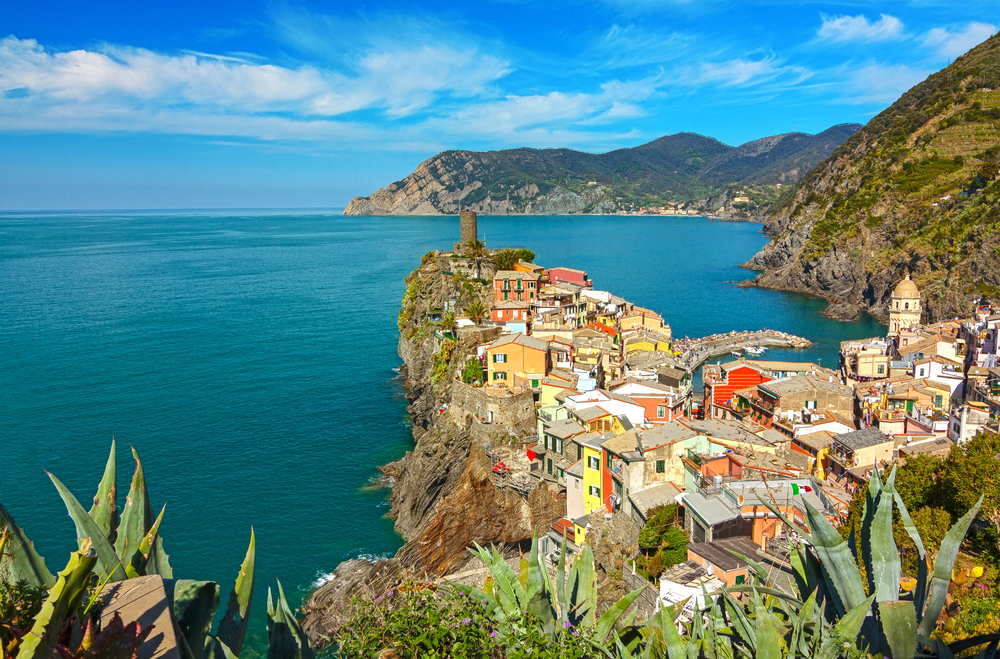
Italy’s famous five villages have pioneered a real-time tourist monitoring system that caps daily visitors during peak season. Local authorities implemented a smartphone app that displays current crowd levels and encourages tourists to visit during off-peak hours.
The region has established dedicated hiking paths that require permits, spreading tourist traffic across the rugged coastline. Village restaurants now offer significant discounts during shoulder seasons to encourage year-round tourism.
The communities have also created artisan workshops where visitors can learn traditional crafts, shifting focus from photo opportunities to cultural experiences.
Santorini
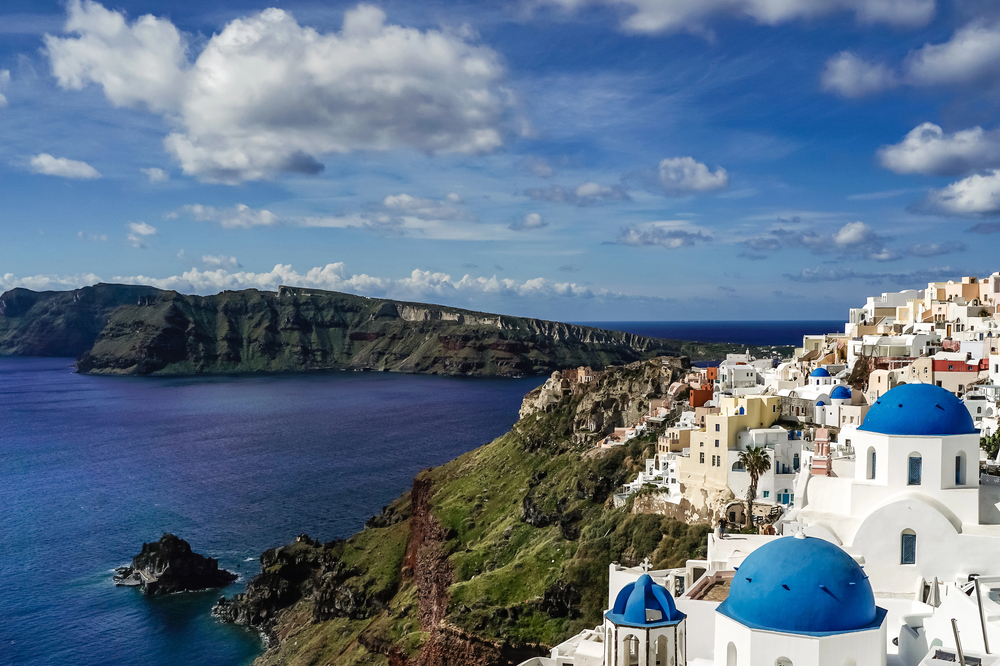
Greece’s most photographed island has limited cruise ship arrivals to 8,000 visitors per day to protect its infrastructure. Local officials have implemented a strict licensing system for new tourist accommodations, prioritizing the renovation of existing structures.
The island has introduced electric buses and encouraged walking tours to reduce traffic congestion in narrow village streets. Traditional cave homes are being restored as cultural museums rather than converted into hotels.
The community has also established protected zones where new construction is prohibited to preserve the iconic landscape.
Like Travel Pug’s content? Follow us on MSN.
Byron Bay
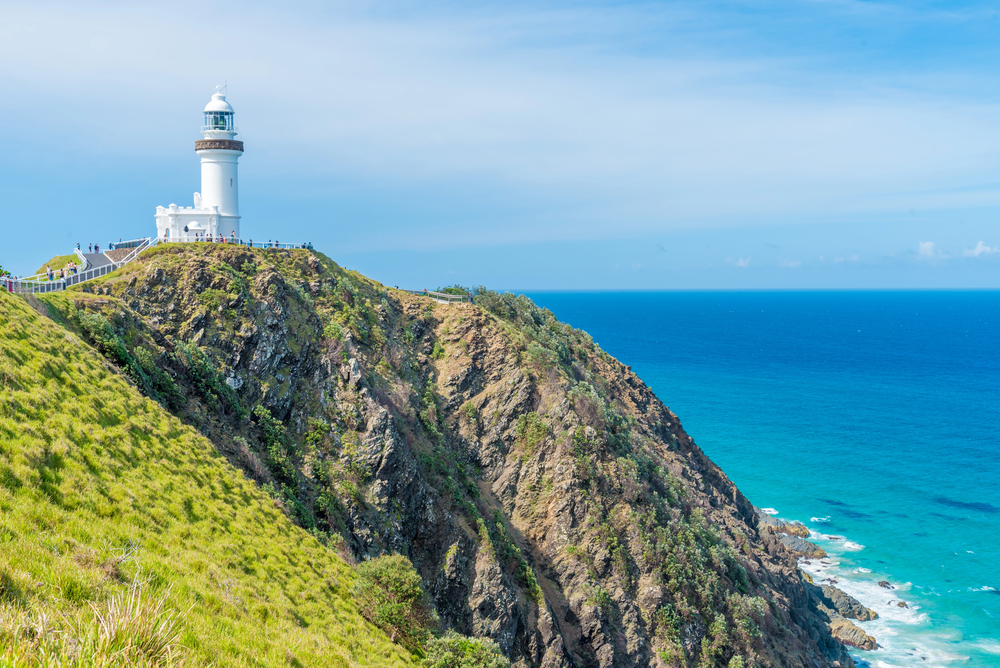
Australia’s famous surf town has introduced a resident-first parking system that preserves beach access for locals. The community developed a sustainable tourism charter that new businesses must sign to obtain operating licenses.
Local authorities have created designated surf zones to reduce conflicts between beginners and experienced surfers. The town has implemented a dark sky initiative to protect marine wildlife and maintain the natural coastal environment.
Byron’s council also requires new developments to include affordable housing for local service workers.
Maui’s North Shore
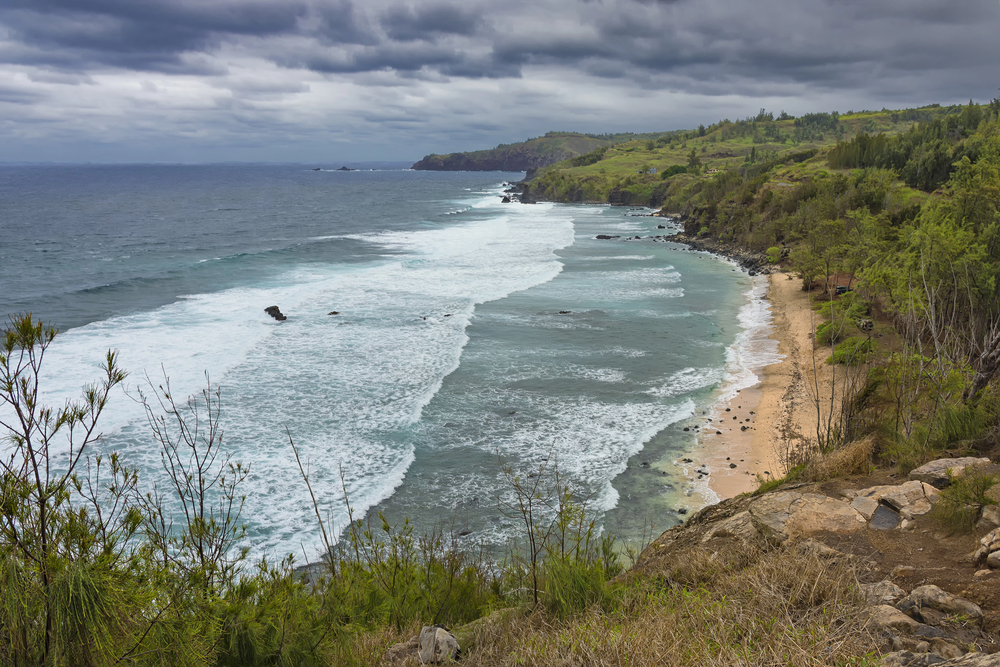
This Hawaiian community has established strict vacation rental limits to protect residential neighborhoods. Local organizations have created cultural education programs that tourists must complete before visiting sensitive sites.
The area has implemented a reservation system for popular beaches to prevent overcrowding during peak hours. Community groups now lead beach restoration projects that engage visitors in conservation efforts.
The region has also developed a fair-wage certification program for tourism businesses.
Sestri Levante
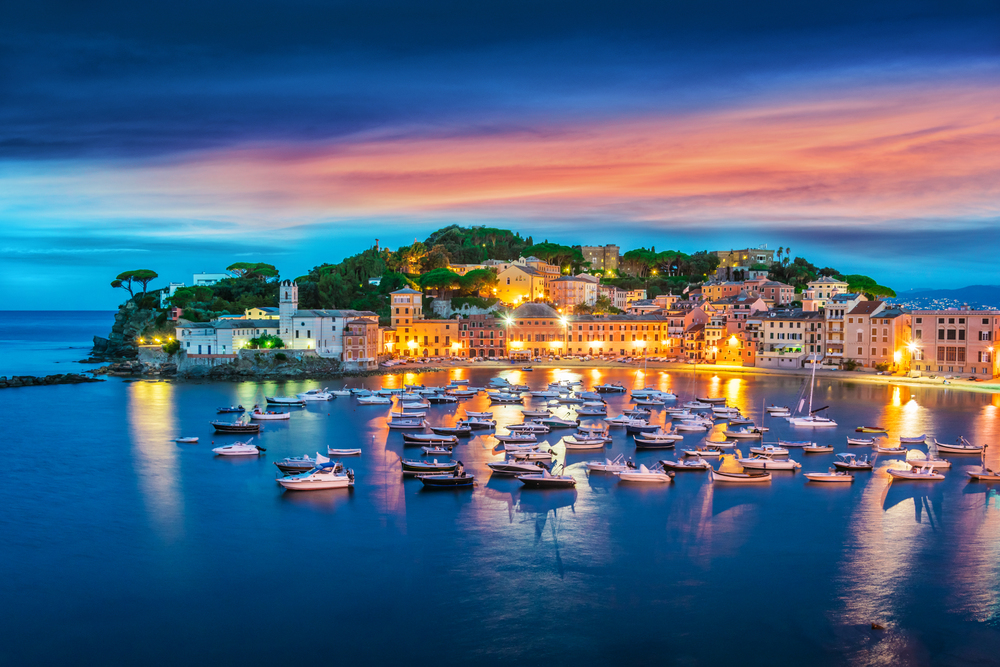
This Italian Riviera town has transformed former fishing warehouses into artisan workshops rather than tourist shops. Local authorities have created a points system that rewards tourists for visiting during off-peak months.
The community has established protected swimming areas that preserve traditional fishing practices. Restaurants receive tax incentives for maintaining authentic Ligurian menus rather than catering to tourist tastes.
The town has also created a network of local guides who specialize in teaching traditional coastal crafts.
Like Travel Pug’s content? Follow us on MSN.
Galle
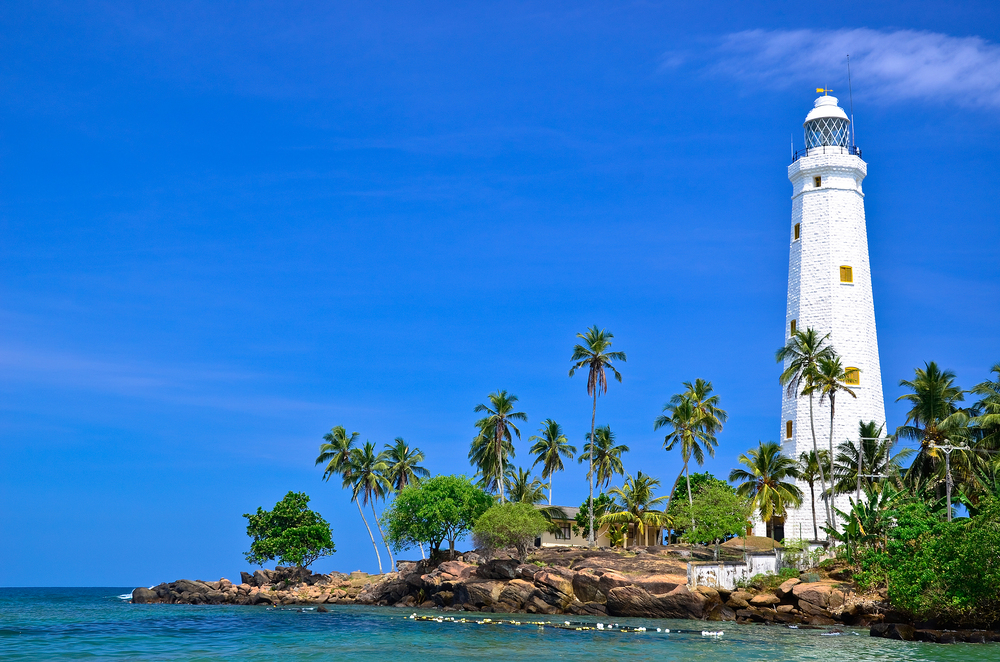
Sri Lanka’s historic port has implemented a resident-to-tourist ratio requirement for new hotel developments. Local authorities have created designated photography zones to prevent disruption of daily life in the historic fort.
The community has established a heritage skills training program that provides employment alternatives to tourism. Traditional homes are being preserved through a grant system that helps residents maintain historic properties.
The town has also created market spaces reserved exclusively for local vendors.
Hoi An
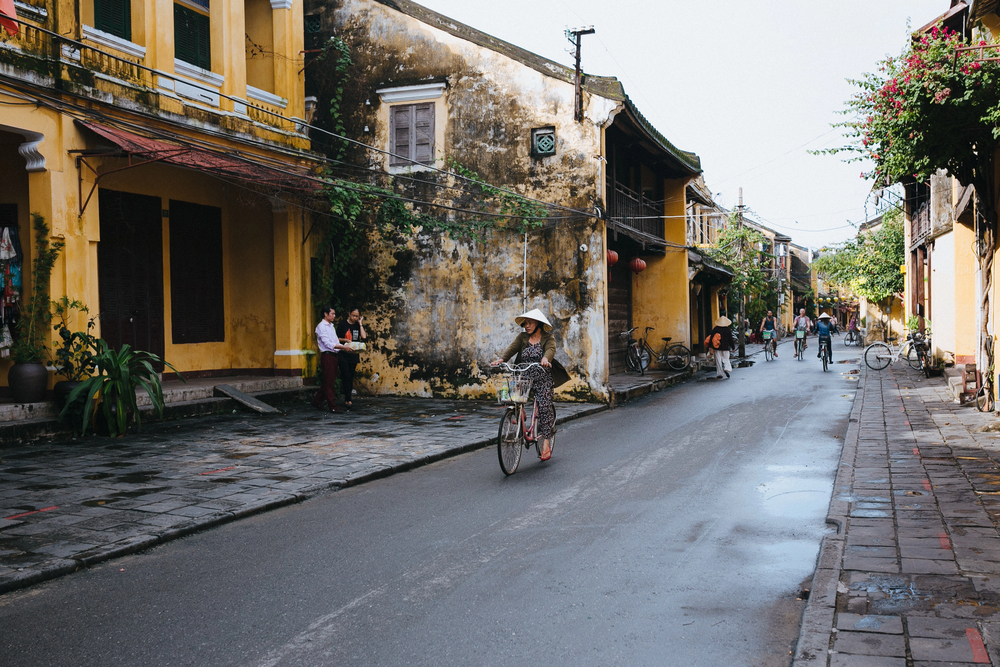
Vietnam’s ancient trading port has established car-free zones to preserve its historic character and reduce pollution. Local authorities have created a traditional craft preservation program that connects tourists with master artisans.
The community has implemented a rotating schedule for cultural performances to prevent tourist overwhelming. Restaurants receive incentives for maintaining traditional cooking methods and local recipes.
The town has also established protected zones where historic buildings cannot be converted into tourist accommodations.
Dubrovnik
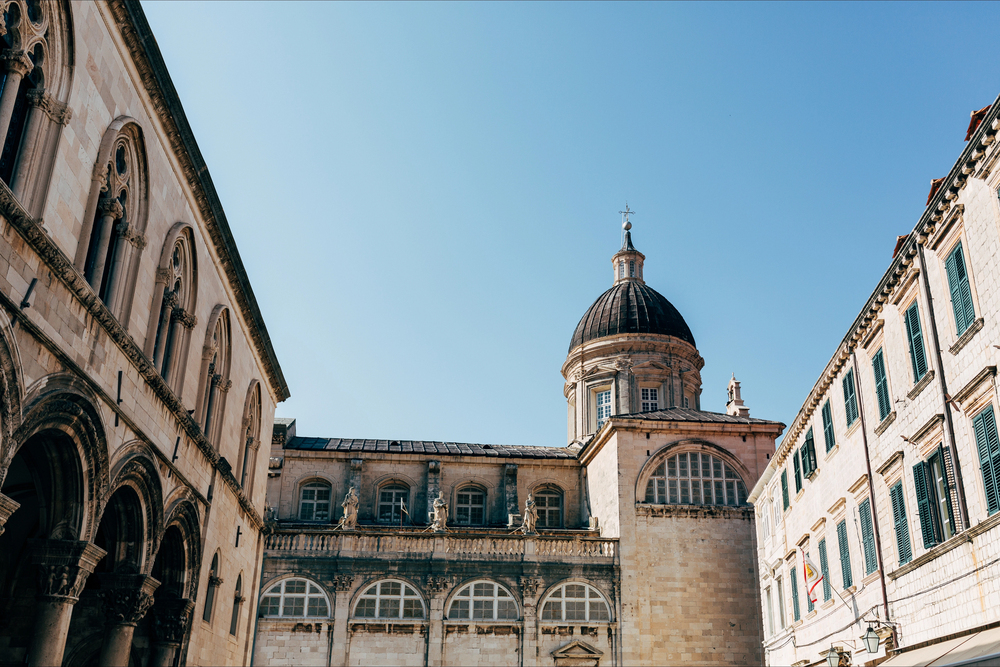
Croatia’s walled city has implemented a sophisticated crowd management system using real-time monitoring. Local authorities have created designated time slots for cruise ship arrivals to prevent overwhelming the historic center.
The community has established authentic culture zones where traditional businesses receive rent protection. The city has implemented a sustainable tourism tax that funds the preservation of historic buildings.
Dubrovnik has also created local-only shopping hours in the main market.
Like Travel Pug’s content? Follow us on MSN.
Monterey
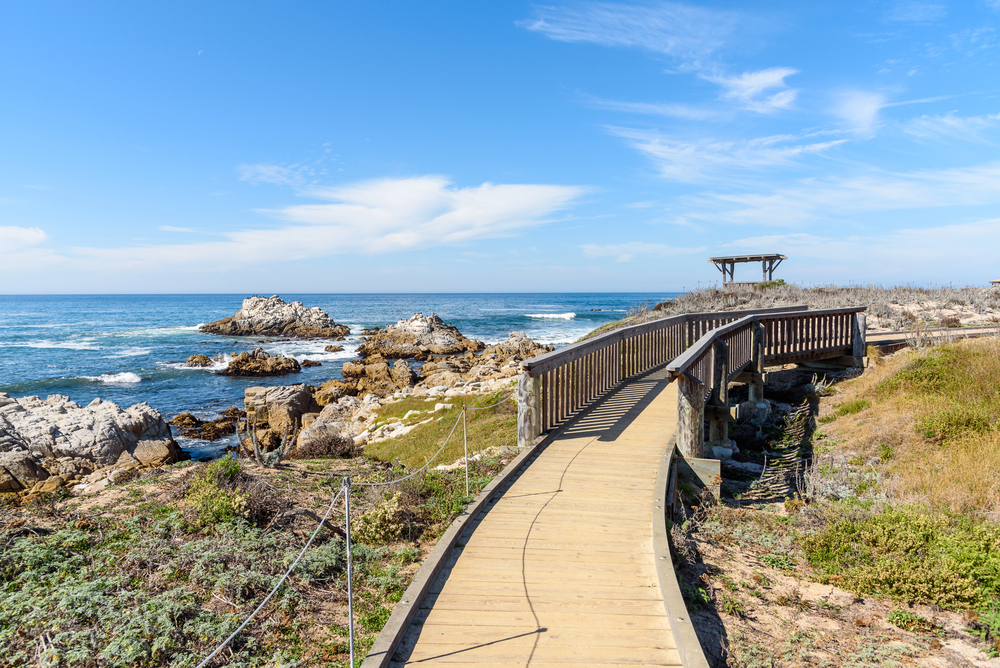
California’s historic fishing town has created protected zones that preserve working waterfront operations. Local authorities have implemented a water conservation program that tourism businesses must follow.
The community has established a sustainable seafood certification program for restaurants. The city has created designated areas for wildlife viewing to prevent tourist disruption of marine habitats.
Traditional fishing boats receive dock priority over tourist vessels.
Positano
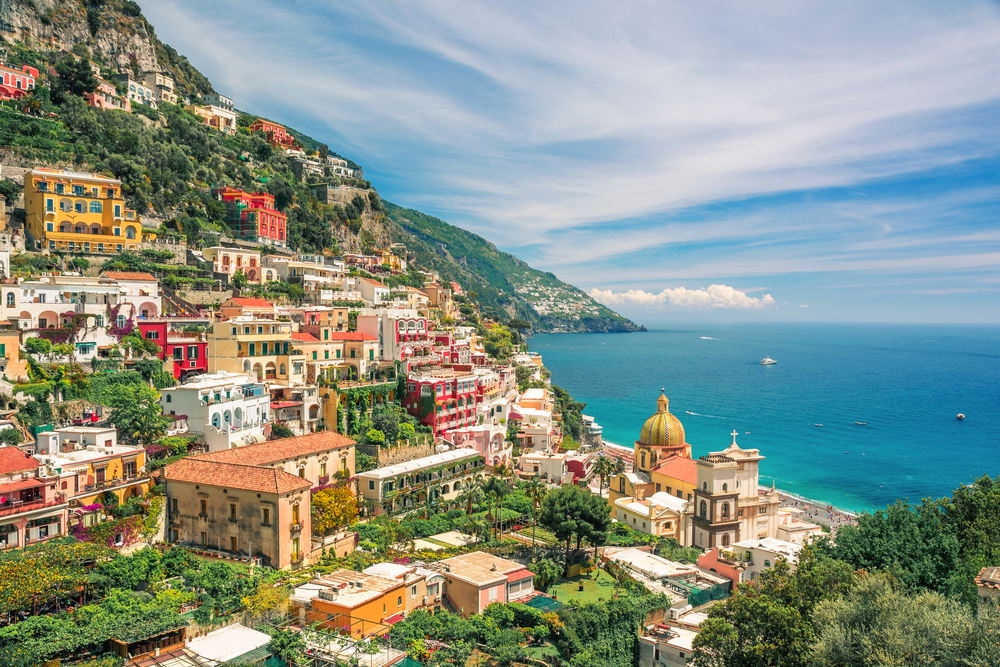
This Amalfi Coast village has implemented a timed entry system for its famous beach during peak season. Local authorities have created artisan zones where traditional crafts receive rent protection from tourist shops.
The community has established a local produce program that restaurants must support to maintain licenses. The town has implemented strict regulations on music and late-night activities to preserve residential life.
Positano has also created dedicated spaces for local artists to work and display their craft.
Cascais
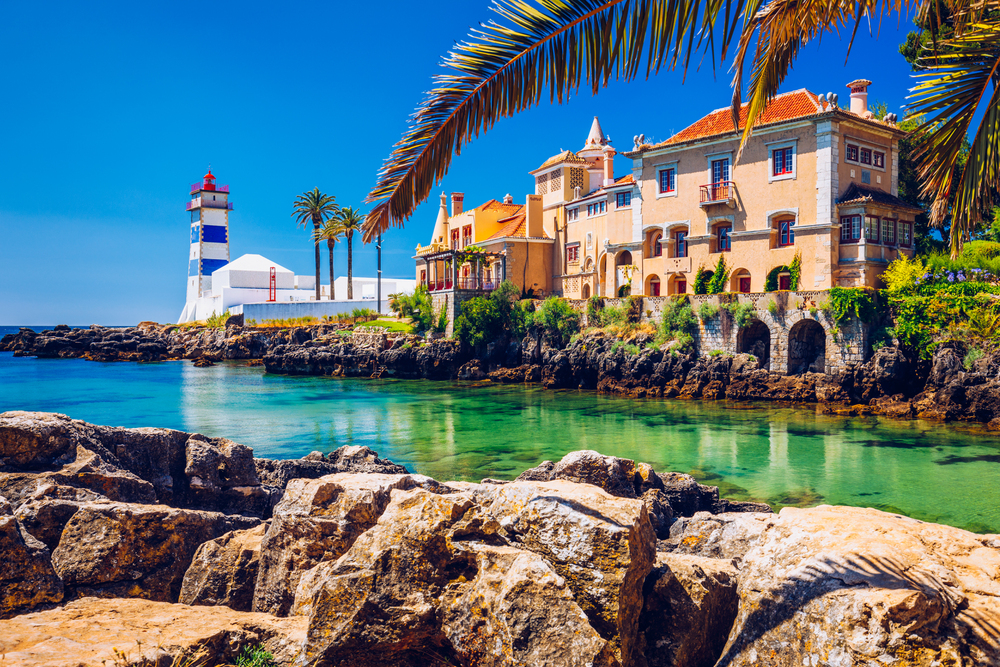
Portugal’s historic resort town has created a point system that rewards sustainable tourist behaviors. Local authorities have implemented strict controls on short-term rentals to protect residential neighborhoods.
The community has established protected areas where traditional fishing practices take priority over tourist activities. The town has created a network of cultural guides who specialize in local history and traditions.
Cascais has also implemented a resident-first policy for beach parking and access.
Like Travel Pug’s content? Follow us on MSN.
Essaouira
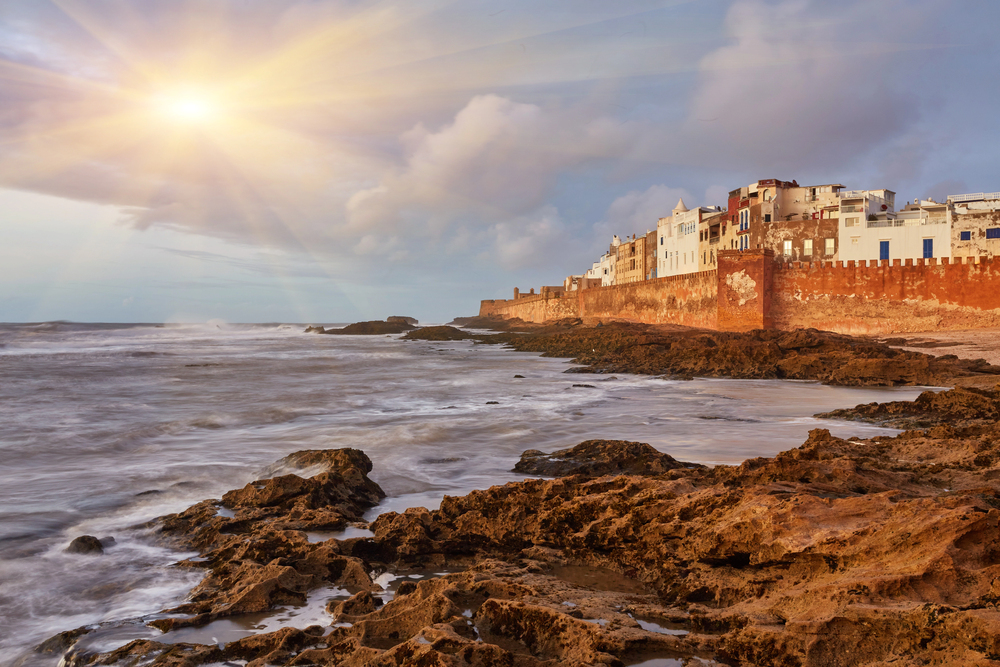
Morocco’s windswept port has established zones that protect traditional artisans from pressure from the tourist market. Local authorities have created a sustainable tourism charter that new businesses must follow.
The community has implemented a cultural preservation program that maintains authentic musical traditions. The city has established protected areas where historic buildings cannot be converted into hotels.
Traditional markets receive prime locations and rent protection from tourist-oriented businesses.
Amalfi
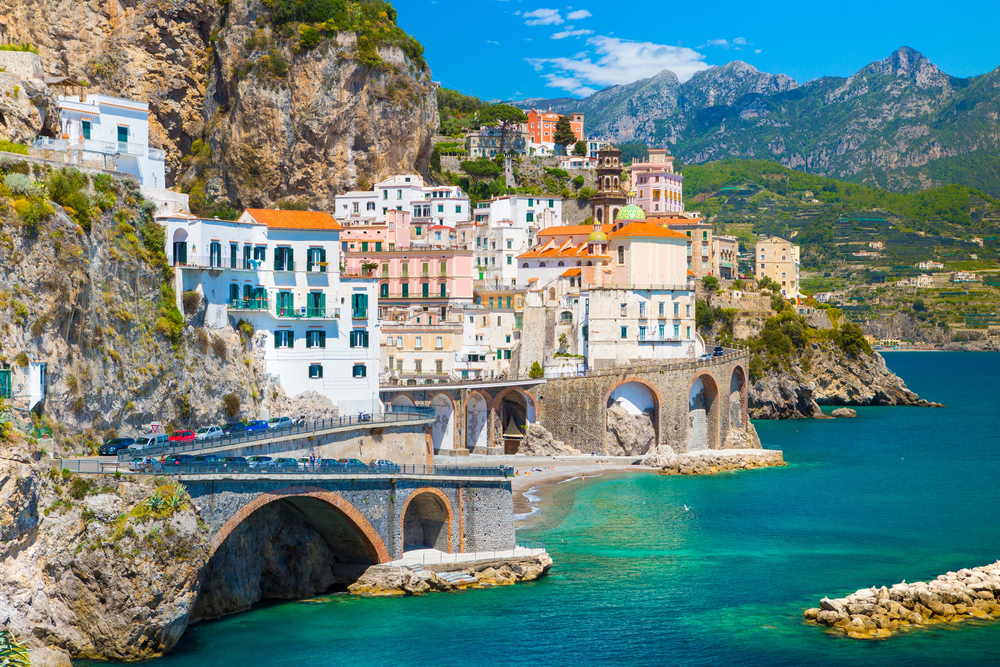
This Italian coastal town has implemented a tourist tax that directly funds infrastructure improvements. Local authorities have created designated zones where traditional limoncello production receives protection.
The community has established a historical craft program that connects visitors with local artisans. The town has implemented strict regulations on noise and nightlife to preserve residential areas.
Amalfi has also created a local-first policy for beach club memberships.
Kotor
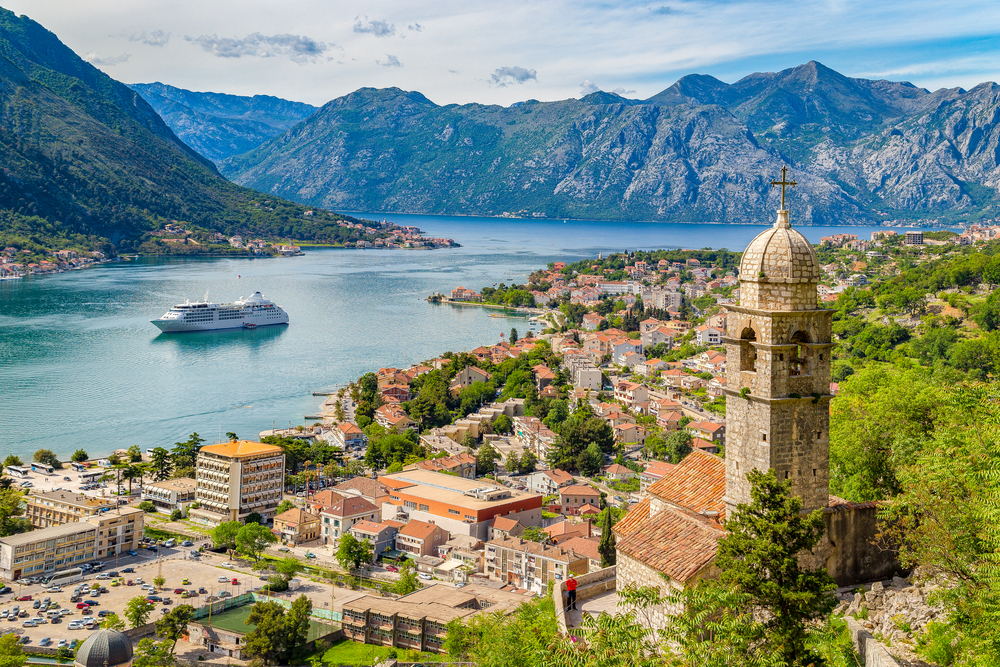
Montenegro’s medieval port has established strict limits on souvenir shops within the historic walls. Local authorities have created a sustainable tourism certification program for businesses.
The community has implemented a rotating schedule for cruise ship arrivals to prevent overwhelming the town. Traditional restaurants receive tax incentives for maintaining authentic Montenegrin menus.
The city has also established protected zones where historic buildings must maintain residential use.
Like Travel Pug’s content? Follow us on MSN.
Port Angeles
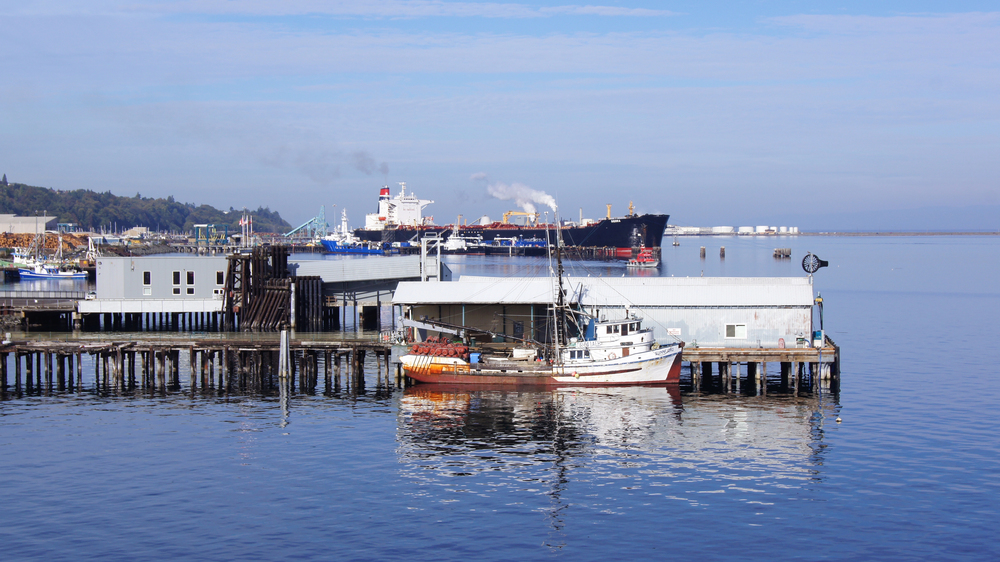
This Washington coast town has created protected areas that preserve indigenous cultural practices. Local authorities have implemented strict controls on vacation rentals in residential neighborhoods.
The community has established a sustainable tourism charter that new businesses must follow. The city has created designated areas for whale watching to prevent disruption of marine life.
Traditional industries receive protection from tourist development pressure.
Collioure
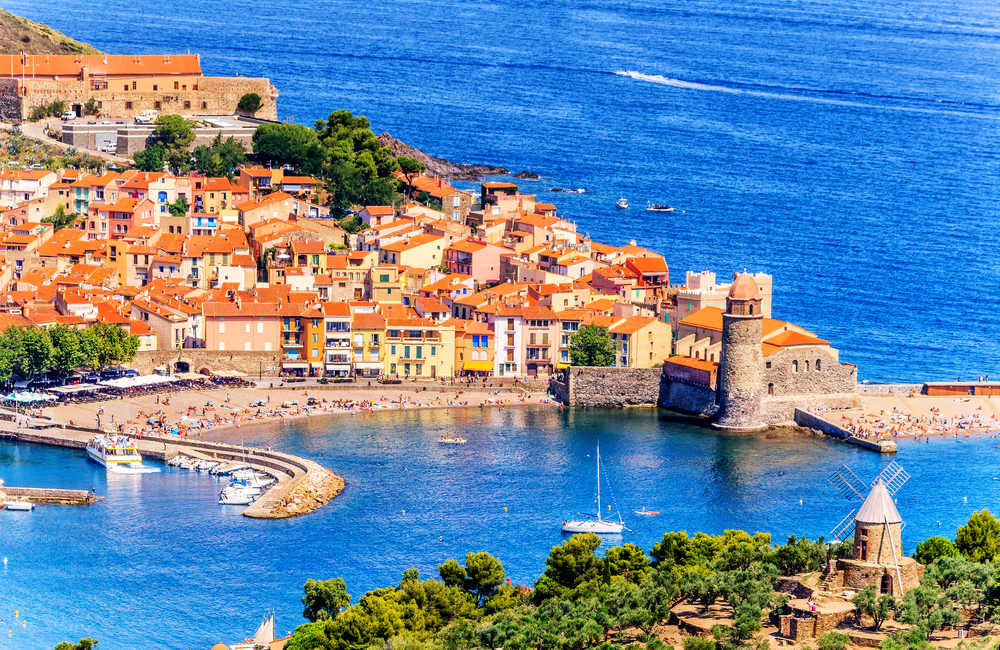
This French Mediterranean village has implemented a resident-first policy for beach access during peak season. Local authorities have created artisan zones where traditional crafts receive rent protection.
The community has established a cultural preservation program that maintains authentic Catalan traditions. The town has implemented strict regulations on new tourist accommodations to preserve residential life.
Collioure has also created protected spaces for local artists to work and display their art.
Cadaqués
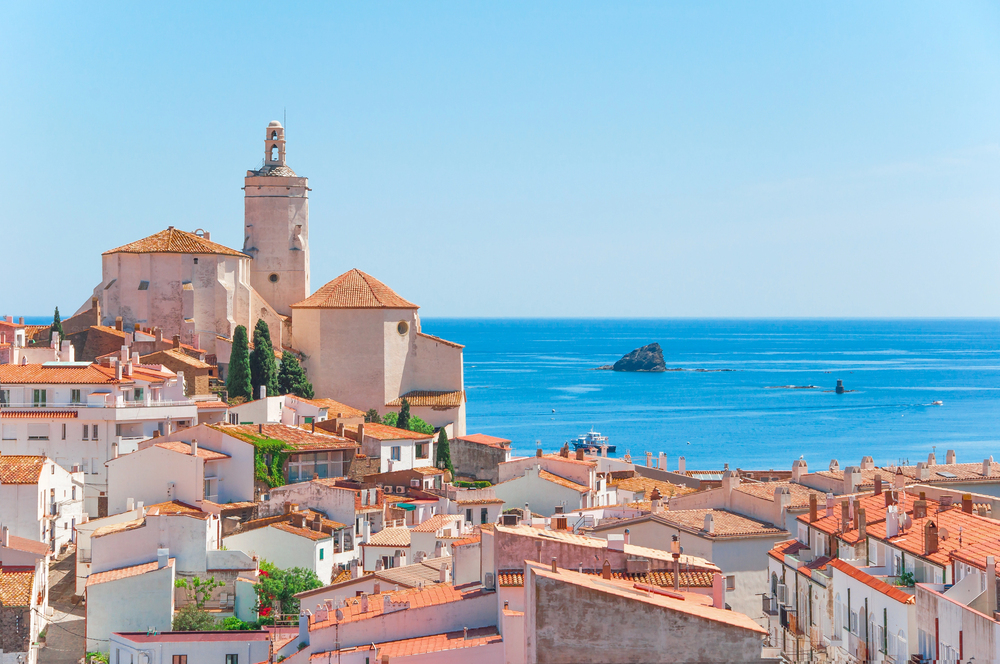
This Spanish coastal town has established strict limits on new tourist accommodations in historic areas. Local authorities have created a point system that rewards off-season visitors.
The community has implemented protected zones where traditional fishing practices take priority. The town has created a network of local guides who specialize in cultural history.
Cadaqués has also established regulations that preserve traditional architectural styles.
Like Travel Pug’s content? Follow us on MSN.
Sorrento
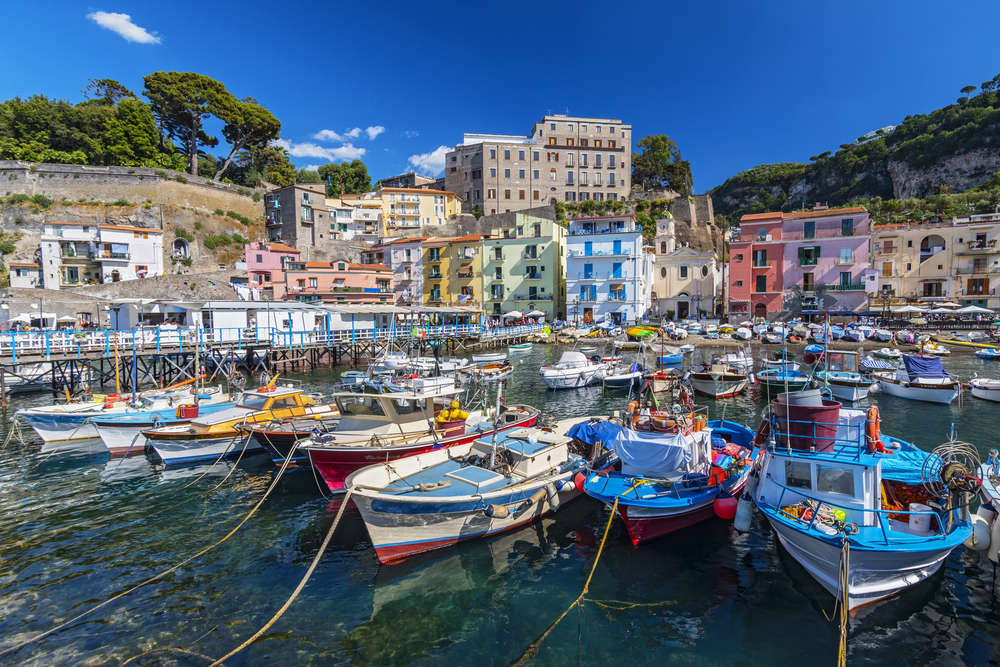
This Italian coast town has implemented a tourist management system that monitors daily visitor numbers. Local authorities have created protected zones for traditional lemon grove cultivation.
The community has established a sustainable tourism charter that businesses must follow. The town has implemented strict controls on music and nightlife to preserve residential areas.
Sorrento has also created designated spaces for local artisans to work and sell their crafts.
Lahaina
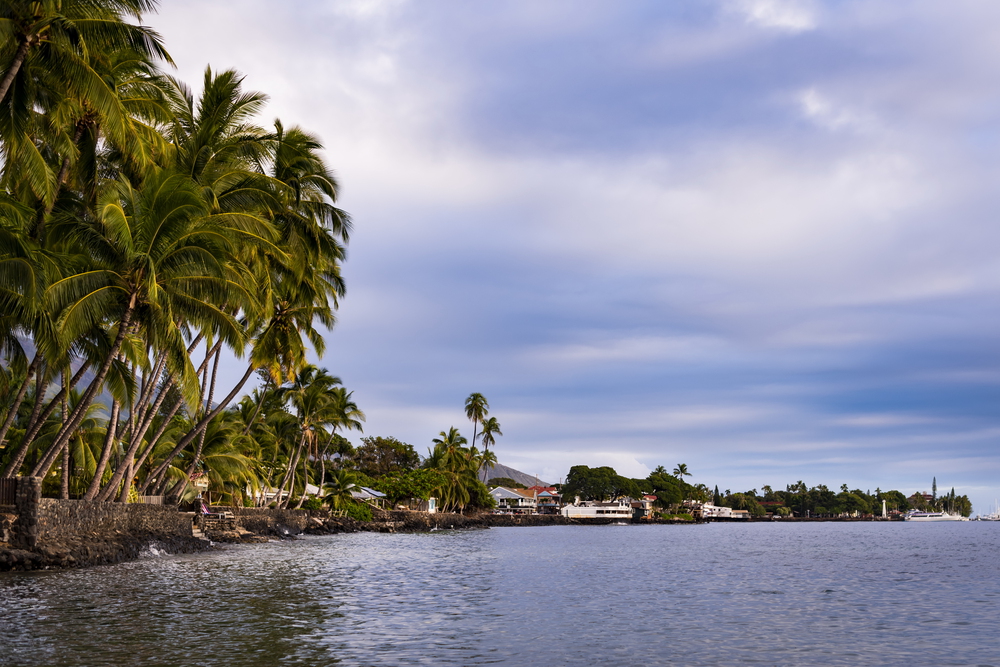
This Hawaiian town has established strict controls on vacation rentals to protect residential neighborhoods. Local authorities have created cultural education programs that tourists must complete before visiting sacred sites.
The community has implemented a reservation system for popular beaches during peak times. The town has established protected zones where historic buildings cannot be converted into tourist accommodations.
Traditional businesses receive rent protection and prime locations in the historic district.
Vernazza
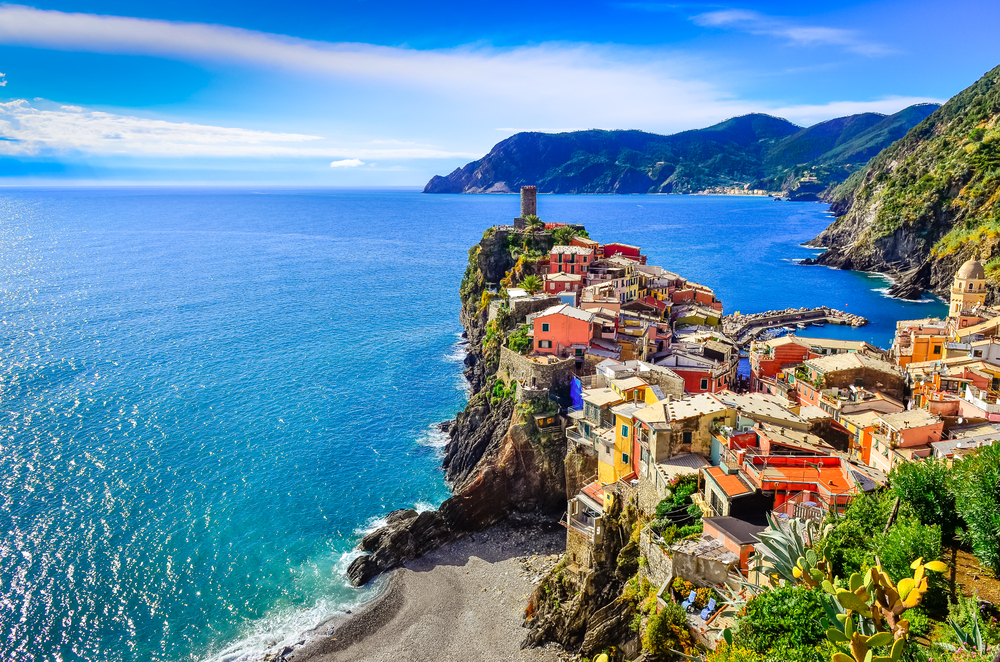
This member of the Cinque Terre has taken unique steps beyond the region’s standard tourism management practices. Local authorities have created an innovative time-slot system for photography at popular viewpoints, preventing overcrowding at scenic spots.
The community has established a network of local hosts who guide visitors through traditional agricultural experiences in the hillside vineyards. The town has implemented a pioneering digital pass system that encourages tourists to explore lesser-known attractions and pathways.
Vernazza has also created protected zones where traditional fishing practices take priority over tourist activities.
Like Travel Pug’s content? Follow us on MSN.
Coastal Communities Fight Back
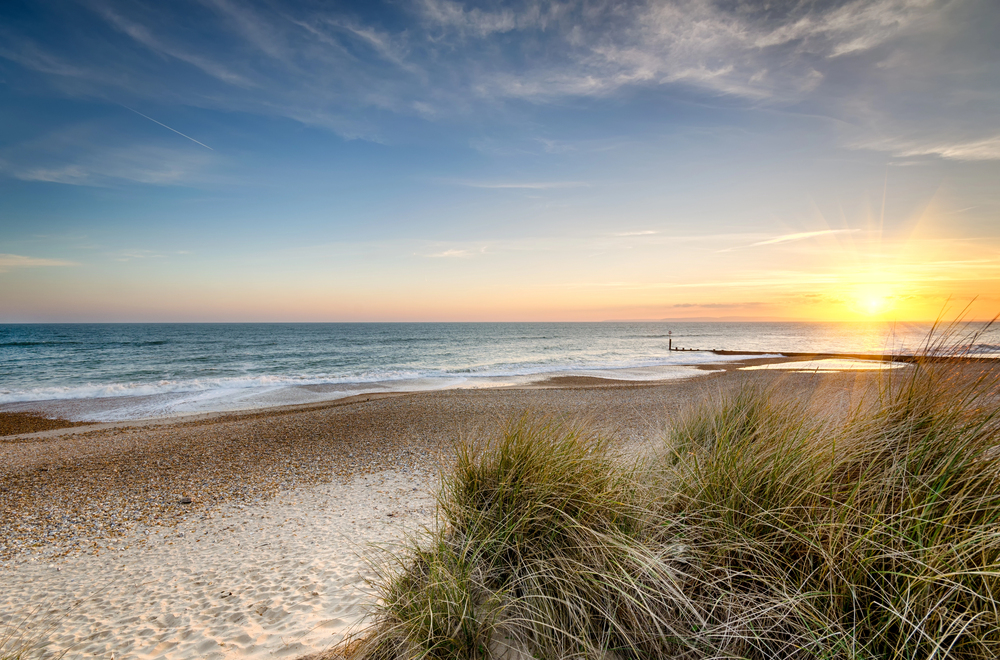
These towns demonstrate how coastal communities can preserve their character while maintaining sustainable tourism economies. Their innovative approaches provide models for other destinations facing similar pressures from mass tourism.
Local initiatives that prioritize residents while accommodating visitors show promising results in managing over-tourism. These solutions prove that coastal towns can maintain their authenticity while sharing their culture with the world.
More from Travel Pug

- 20 Towns Built for One Purpose That Were Later Abandoned
- 15 Hidden Spots in Disney World’s Magic Kingdom Most Visitors Miss
- 15 Most Scenic Walks Anywhere in The World
- 15 Canyons in the U.S. That Are Just as Stunning as the Grand Canyon
- 10 Under-the-Radar Mountain Towns That Are Both Affordable and Beautiful
Like Travel Pug’s content? Follow us on MSN.
